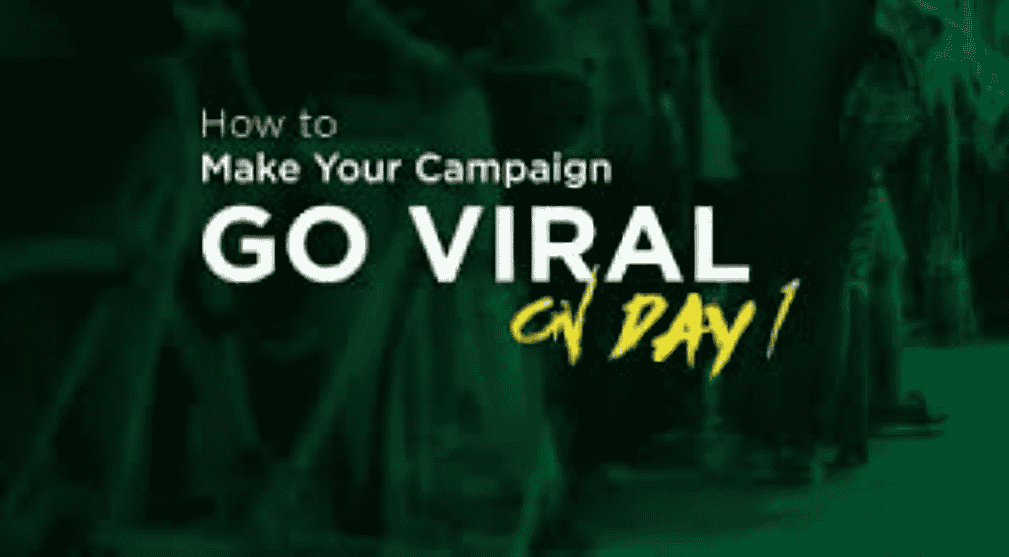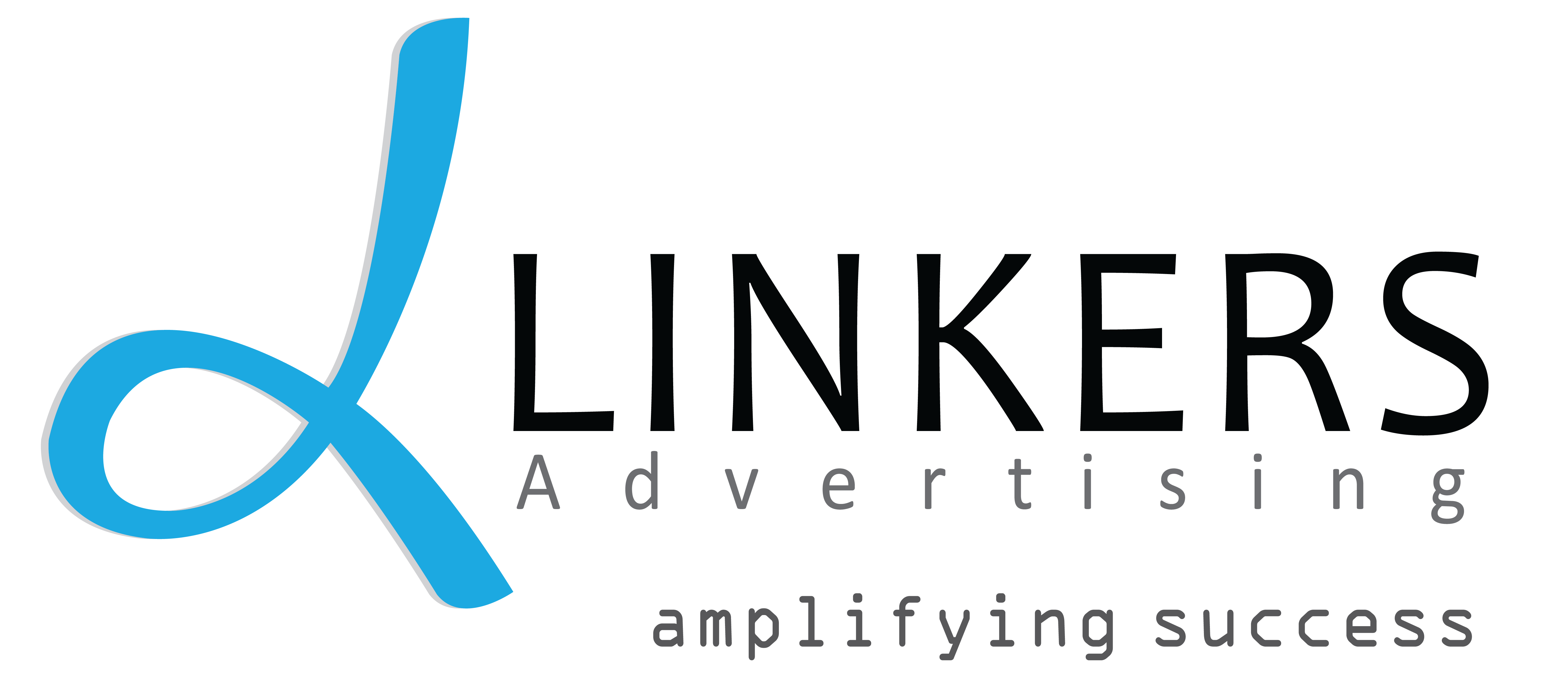
Did you know viral government campaigns can generate 10x more engagement than traditional advertising—often at a fraction of the cost?
Most people think government communications must be boring, formal affairs that struggle to capture public attention. However, the truth paints a different picture. Government agencies worldwide have created campaigns that spread like wildfire despite tight budget constraints.
Take the CDC’s “Preparedness 101: Zombie Apocalypse” campaign that reached millions or the Australian Metro’s darkly humorous “Dumb Ways to Die” safety message that garnered over 200 million views . These campaigns didn’t succeed because of massive budgets but because they understood the core elements that make content shareable.
Surprisingly, limited resources can actually spark creativity. In fact, some of the most successful viral government campaigns cost less than a traditional media buy yet achieved significantly broader reach.
This guide explores practical strategies for government communicators working with modest budgets. You’ll learn the psychological triggers behind viral content, how to plan effectively, create share-worthy messages, amplify reach without expensive ads, and measure your success along the way.
1. What Makes a Government Campaign Go Viral
Understanding what drives viral sharing is essential for government communicators looking to maximize impact with minimal resources. Research reveals that virality isn’t random luck—it follows specific psychological patterns that anyone can leverage.
The role of emotional triggers
Emotions form the foundation of viral government campaigns. Studies show that content evoking strong feelings—both positive and negative—is significantly more likely to be shared [1]. When crafting your campaign, focus on these powerful emotional triggers:
- Awe and inspiration: Mind-blowing facts or motivational stories about community impact
- Joy and amusement: Humorous takes on typically serious government topics
- Surprise: Unexpected approaches to familiar public service messages
- Anger or concern: Thought-provoking content highlighting issues requiring public attention
Notably, research indicates that high-arousal emotions drive the most shares [2]. This explains why the CDC’s zombie apocalypse preparedness campaign spread rapidly—it transformed typically boring emergency readiness information into something surprising and amusing.
Furthermore, emotional campaigns create deeper connections with viewers. When a government message makes citizens feel something powerful, they become motivated to share it with others [1]. This emotional contagion effect turns passive viewers into active advocates for your message.
Why timing and relevance matter
A brilliantly crafted campaign can still fall flat if released at the wrong moment. Government campaigns that coincide with trending events, cultural moments, or seasonal patterns generate substantially more engagement [1].
Additionally, relevance to current events amplifies a campaign’s potential to spread. Government messages that tap into ongoing conversations capture immediate public interest [3]. For instance, campaigns aligned with Pride Month, Earth Day, or local cultural celebrations gain natural momentum because they connect with what people already care about.
Simplicity also plays a crucial role in government campaign virality. When your message is too complex, it gets lost in the information overload citizens experience daily. Effective viral campaigns deliver crystal-clear messages that are digestible even at a glance [1]. Remember: if people can’t quickly understand your message, they won’t share it.
Understanding the viral loop
The viral loop is the mechanism that transforms a good government campaign into a self-perpetuating phenomenon. At its core, a viral loop is a continuous cycle where existing audiences bring in new audiences, who then become sharers themselves [4].
For government campaigns, this loop typically involves:
A citizen discovers your campaign
They find it valuable or emotionally compelling
You provide an incentive or reason for them to share (emotional, social, or practical)
They share with their network
New people discover the campaign through trusted sources
The cycle repeats
Essentially, a well-designed viral loop creates a compounding effect. Each person who encounters your message has the potential to bring in multiple new viewers, creating exponential growth [4].
To strengthen your viral loop, ensure you have a truly valuable message (the foundation), a clear value proposition, an easy sharing mechanism, and compelling reasons for citizens to share [4]. Government campaigns that master these elements can achieve remarkable reach without significant budget increases.
2. Planning a Budget-Smart Viral Strategy
Creating a strategic plan is crucial for any government campaign aiming to achieve viral status without depleting limited resources. Proper planning allows you to maximize impact while maintaining fiscal responsibility.
Define your campaign goal
Successful viral government campaigns begin with clear, well-defined objectives. Government agencies should establish SMART goals—Specific, Measurable, Attainable, Relevant, and Time-bound—to provide clear direction for marketing efforts [5]. Rather than vague aspirations like “increase engagement,” set specific metrics such as “achieve 2,000 new program applications from social media traffic within 60 days” [6].
Your campaign objectives should directly align with broader organizational priorities [7]. Consider what specific outcome you need to achieve:
- Raising awareness about a new policy
- Promoting a public service
- Improving public perception
- Encouraging specific citizen actions
Each goal requires different strategic approaches. For time-critical campaigns, consider how quickly you need information to spread throughout your network—this will influence your overall strategy and resource allocation [8].
Know your audience and platforms
Thorough audience research forms the foundation of budget-smart viral strategies. Government agencies must conduct comprehensive audience analysis to gain insights into demographics, needs, interests, and behaviors [5]. Subsequently, segment your audience into distinct categories based on shared characteristics to customize messaging effectively [7].
Primary targets are those with the power to effect the changes your campaign calls for, while secondary targets influence your primary audience [9]. In Uganda, the digital transformation of campaigns revealed that understanding young digital users with increased mobile access created new electoral dynamics [10].
Platform selection should stem directly from your audience analysis [11]. While different platforms may have impressive user numbers, focus on where your specific target audience spends time. As noted by government social media experts, “tailored and targeted will often outperform mass ‘broadcasts’ to an ill-defined audience” [11]. Moreover, running one channel effectively is better than managing multiple platforms poorly [11].
Consider these platform strengths:
- Facebook: Direct constituent interaction
- Instagram: Visual government initiatives
- Twitter/X: Timely updates and alerts
- YouTube: Conveying complex information [7]
Set a realistic budget and timeline
For government campaigns with limited resources, budgeting requires strategic thinking. Research suggests allocating approximately 60% of your budget toward reaching voters through media and advertising, 20% for research and canvassing, 10-15% for real-world events and promotional materials, and 10% for staff and administrative costs [12].
Prior to finalizing your budget, create three different versions:
Ideal scenario (unlimited resources)
Realistic version (expected funding)
Minimum viable version (bare essentials) [12]
This multi-budget approach helps you adapt to any funding level while maintaining campaign effectiveness. Forthwith, calculate your “burn rate” by determining the total campaign cost divided by days until completion—this establishes your daily budget requirement [12].
3. Amplifying Reach Without Paid Ads
Smart distribution strategies can multiply your government campaign’s impact without additional spending. Even with modest budgets, these proven approaches can help your message reach far beyond your immediate audience.
Partner with micro-influencers and local voices
Micro-influencers offer government campaigns something money can’t buy—authentic credibility with specific communities. Studies confirm that to reach target groups effectively, campaigns must rely on messengers considered credible by these audiences [18]. France’s foreign ministry has already recognized this potential, enlisting micro-influencers to boost their communication campaigns [19].
To implement this strategy:
Use hashtags and challenges to spark engagement
Hashtags function as powerful connection tools, enabling your campaign to join or create broader conversations. One of the most effective ways to mobilize a segment of the population is through a strategic hashtag [23]. The #BlackLivesMatter hashtag appeared on Twitter 11.8 million times from mid-2013 through March 2016 [23], demonstrating how hashtags can transform into worldwide movements.
Beyond that, incorporating hashtags into government campaigns enables tracking impact across different content types [24]. For best results, mix hashtag types—some for calls to action, others for education, branding, or evoking emotion [23].
Particularly effective are campaign challenges that encourage user-generated content. When followers create their own content with your branded hashtag, you attract people from their networks too [24], creating a compounding effect without additional spending.
Tap into existing community groups
Social media outreach becomes especially powerful when integrated with existing community structures. Local authorities play a key role in facilitating locally credible voices and enabling them to design campaigns adapted to specific community needs [18].
First thing to remember: collaborate instead of creating everything from scratch. Extending your organic reach often means partnering with other agencies, stakeholders, businesses, and community organizations [25]. Given these points, even government agencies with limited resources can achieve substantial impact.
Indeed, numerous local authorities already carry out prevention and resilience-building actions that can constitute alternative narratives [18]. By working together with civil society, especially young people, governments can encourage citizen participation while ensuring messages come from credible voices within target groups [18].
4. Tracking Success and Learning from It
Measuring your government campaign’s performance provides the data needed to validate success and improve future initiatives. Even with limited resources, tracking impact helps justify your investment and refine your approach.
Key metrics to monitor
Tracking the right metrics helps determine whether your viral campaign truly delivered results. Beyond surface-level likes and shares, focus on these key indicators:
- Customer engagement: Measure authentic conversations, time spent with content, and depth of interaction [4]
- Conversion rate: Track how effectively your campaign drives specific actions like program registrations or behavior changes [4]
- Reach: Count unique individuals exposed to your campaign across all channels [26]
- Brand awareness: Monitor brand mentions, searches, and social following growth [26]
- Return on Investment (ROI): Evaluate overall value created compared to resources invested [4]
For government campaigns specifically, consider tracking policy commitment indicators, service adoption rates, and shifts in public attitudes toward specific issues [27].
Tools for free or low-cost analytics
Fortunately, numerous affordable analytics solutions exist for budget-conscious government teams:
Microsoft Clarity offers free behavior analytics with heatmaps and session recordings without feature limits [28]. Buffer provides comprehensive performance tracking across multiple platforms with a free tier available [29]. Hootsuite enables tracking campaign outcomes while monitoring public conversations about your agency [1].
For thorough analysis, Google Analytics remains invaluable for understanding visitor behavior on your landing pages [28]. Some platforms even offer AI-assisted analysis to uncover content patterns and engagement trends [1].
How to iterate for future campaigns
Successful government communicators treat campaigns as learning opportunities. Start by identifying which content elements generated the strongest response [30]. Conduct qualitative research through surveys or interviews to gather deeper insights into audience reactions [30].
Consider econometrics techniques to measure how multiple factors contributed to your campaign’s success [31]. This advanced statistical analysis helps determine which elements had the greatest impact.
Always document findings in a standardized format to build institutional knowledge [27]. Therefore, each campaign becomes progressively more effective as you apply insights from previous efforts to refine your approach.
5. Conclusion
Government campaigns need not be boring or expensive to achieve viral status. The effectiveness of a campaign stems from understanding psychological triggers, strategic planning, and creative content rather than massive budgets. Through emotional connections, relevant timing, and simple yet powerful messaging, government communicators can create content that citizens eagerly share.
Success begins with clear goals and thorough audience research. Consequently, your resources get directed toward the most impactful platforms and strategies. Even modest budgets yield impressive results when content incorporates humor, local culture, or striking visuals that resonate with target communities.
Amplification strategies likewise play a crucial role in extending your reach without additional spending. Partnerships with micro-influencers, strategic hashtag campaigns, and collaboration with existing community groups create natural momentum for your message. These approaches transform passive viewers into active advocates who spread your campaign organically.
Most importantly, measurement provides the foundation for continuous improvement. Tracking key metrics helps justify your investment while building knowledge for future campaigns. Each viral effort becomes a learning opportunity that strengthens your agency’s communication capabilities.
The path to viral government campaigns ultimately relies more on creativity and strategic thinking than financial resources. Government communicators who master these principles can achieve remarkable public engagement despite budget constraints. Your next campaign might just be the one that captures widespread attention and drives meaningful civic action—all without breaking the bank
FAQs
By using social media storytelling, relatable content, and community engagement instead of costly traditional ads.
Social media spreads messages quickly through shares, hashtags, and influencers, making campaigns more impactful.
Yes, creative visuals, memes, and light humor make messages more relatable and increase public engagement.
By tracking reach, engagement (likes, shares, comments), media coverage, and impact on citizen behavior.
Clear messaging, emotional connection, digital storytelling, and leveraging free/low-cost online platforms.

